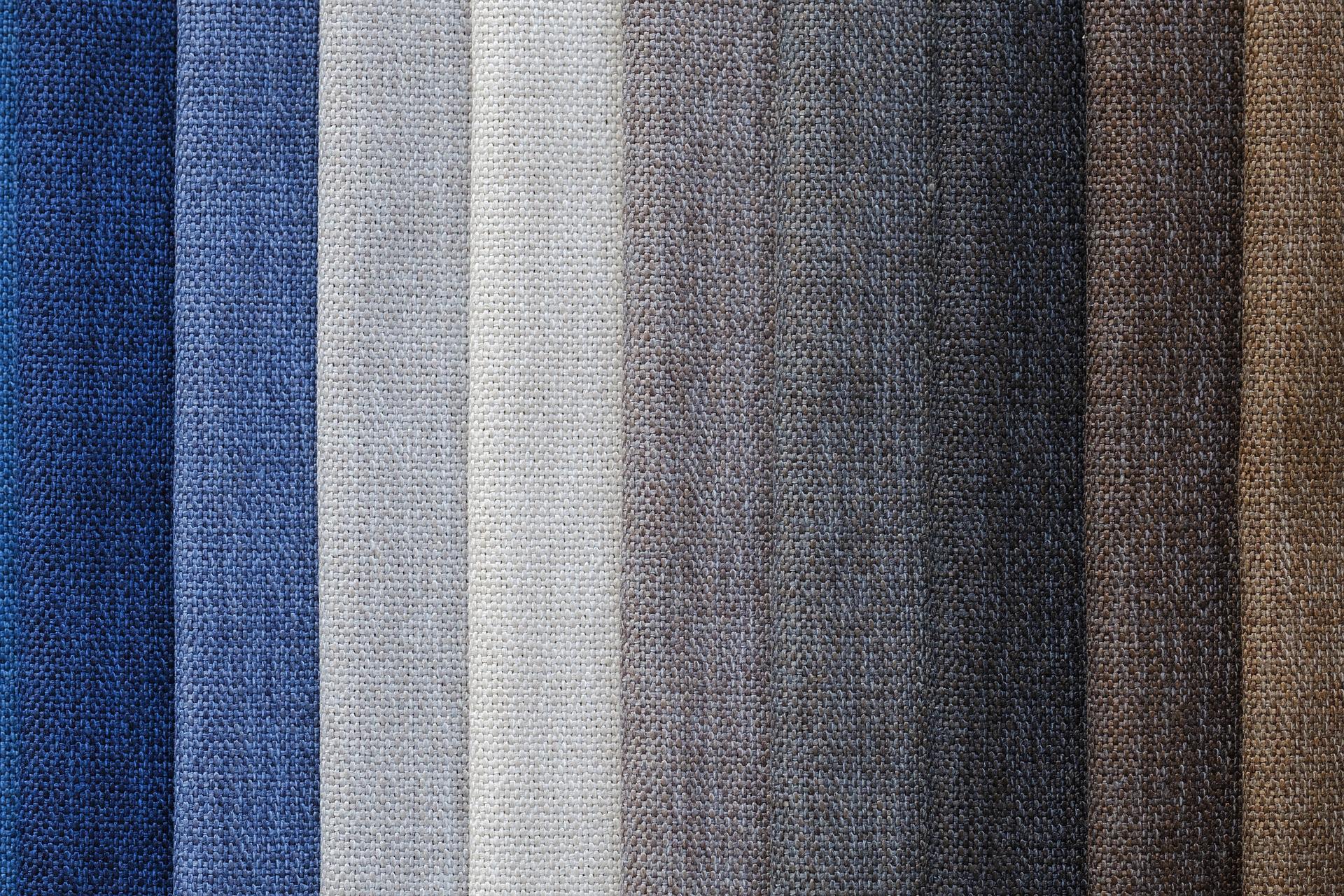
How to wash newborn clothes (for new parents)
Washing baby clothes isn’t necessarily difficult, but it may be time-consuming. There are some similarities between doing your own laundry and washing your newborn baby's clothes. However, there are also some tricks when it comes to washing newborn clothes.
Make sure to continue reading before you start washing baby clothes.

Wash new baby clothes before using them for the first time
Babies have very sensitive skin. A newborn's skin can easily become irritated by certain fabrics and materials. And don't forget about all the undesirable things that may have come into contact with your baby’s clothes on the way to the store.
So if you pre-wash baby clothes, you’ll be able to eliminate any lasting residue or harmful irritants to keep your baby's skin safe.
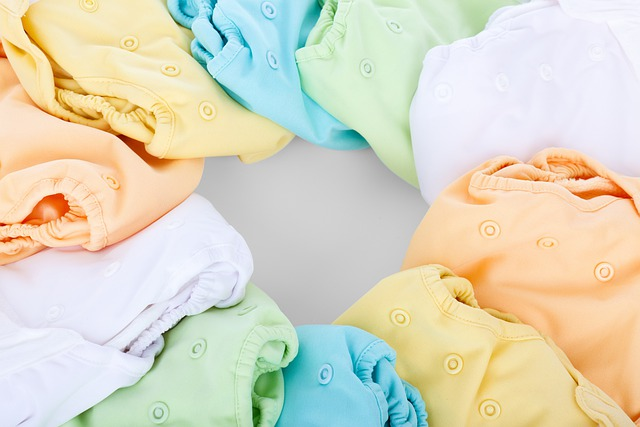
Wash baby clothes separately
You should wash your baby’s laundry separately from the rest of the family if you have enough time. Separate baby clothes by color, just as you would adult clothes.
However, if baby and grown-up laundry must be mixed, use a baby-friendly detergent when washing the whole batch. This may be more expensive, but it is important for the baby's skin.
Also, if you are using a washing machine, to avoid some of the bacteria from adults' clothes, ensure the baby’s clothes are washed first.
If your baby is using cloth diapers, always wash those separately.
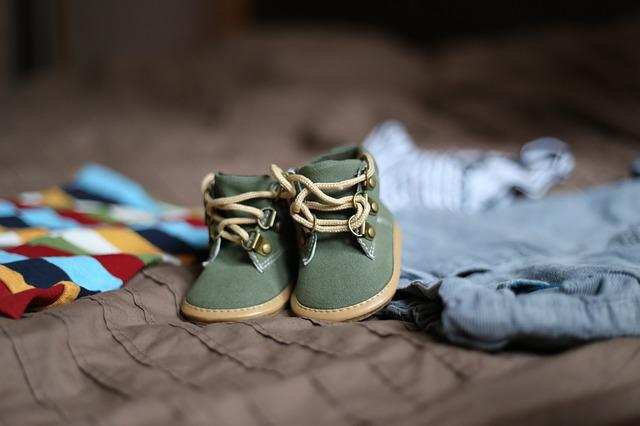
Hand washing versus machine washing
Hand washing baby clothes
If possible, you should hand wash baby clothes rather than using a machine.
To hand wash baby clothes correctly, make sure to follow these steps.
-
Disinfect and clean your hands to avoid bacteria.
-
Control the water temperature. If you hand wash clothes in extreme heat, it could cause rips and tears in the clothes and you may burn your hands.
-
Remember to use a non-chemical baby detergent to keep their skin safe.
-
Soak before and after the wash to eliminate most bacteria.
-
Dry the baby's clothes as we'll teach you later in this article.
Machine washing baby clothes
The washing machine saves a lot of time washing baby clothes. Always check if the clothes are machine washable tho.
If that's the case, set the water temperature around 30 degrees Celsius. This temperature is just right for the baby's clothes and it is kinder to the environment. Then, you should be able to proceed to a normal wash with baby-friendly detergent.
If you to ensure the bacteria is washed off, run the rinse cycle two times. The second spin and rinse cycle should only be with water.
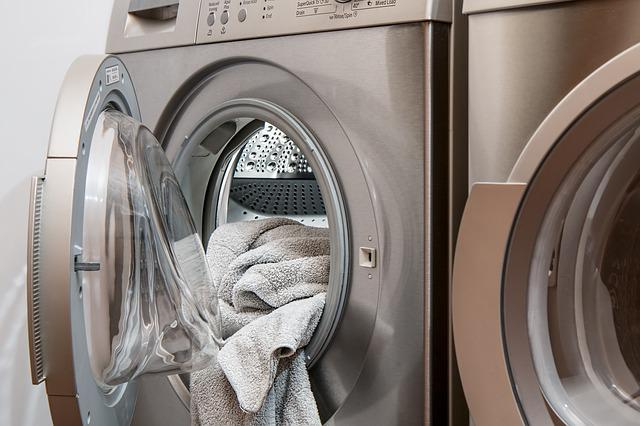
Drying baby clothes
Your baby’s clothes can be dried just like you would any of your own clothes. Things like baby sweaters and dresses should probably be laid flat to dry.
However, most other items are fine to let tumble. To speed up the process, you can toss a clean, dry towel in to tumble with the baby clothes.
There are some benefits to line drying the baby clothes instead of using the dryer. The sunshine can sometimes bleach your whites, making them look whiter. Also, sunlight is a natural germ-buster.
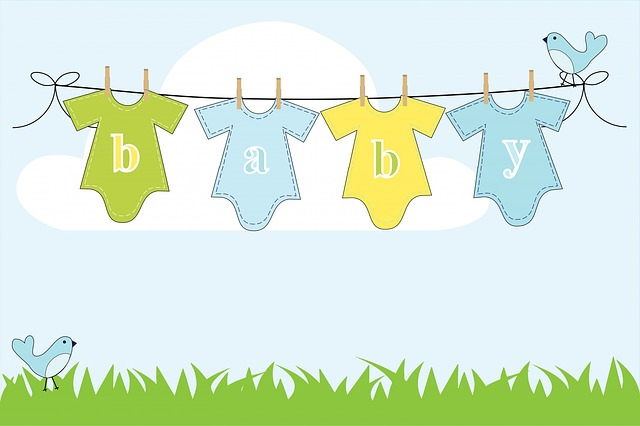
How to Get Stains Out of Baby Clothes
As a parent, you will get used to stained baby clothes. Because babies manage to get themselves and their clothes messy easily.
The sooner you can treat a stain after it’s made, the better. And for items beyond use because of stains that are way too hard to handle, donate them to clothing recycling programs.
Here's how to deal with the most common types of stains.
How to remove formula stains
For stains generated by most food, formula, breast milk, spit-up, and even feces. Soak stains in cool water using a stain-removing product containing enzymes should work. If this is not enough, try an all-purpose stain remover and launder normally.
How to remove urine stains
For this type of stain, it is necessary a two-step process.
-
Dilute one tablespoon of ammonia in 1 cup of water, and use it to treat the area. Remember to dab the mixture in a small area first to make sure the garment is colorfast.
-
Then, use a stain-removal product and launder normally.
How to remove baby oil stains
Use a prewash stain remover. Then, after checking the item's care instructions, wash in the hottest water that is safe for the garment.
How to Remove Stains from Fruits and Vegetables
There are three methods to remove fruit & vegetable stains, One more complex than the other.
-
Try simply rinsing the stain in cool water.
-
Use prewash stain remover or place the garment in a one-to-one combination of rubbing alcohol and water, and wash normally.
-
For the messiest stains, soak the garment in a mixture of one part white vinegar and one part water.
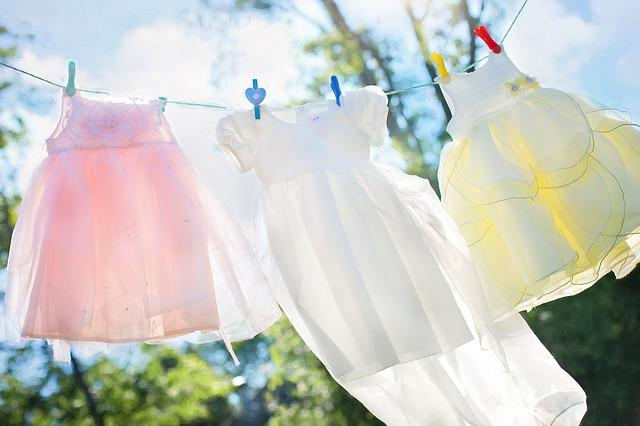
Safety tips for washing baby clothes
As with most things related to babies, when you wash your baby's clothes, you should take some precautions. Here are some of them.
-
Avoid dryer sheets or fabric softeners since the chemicals in these products can easily irritate your infant’s sensitive skin.
-
Don’t use drying paper to dry the baby's clothes. Most brands add chemicals to them.
-
Avoid using chemical detergents.
-
Wash the baby’s nappies separately from their clothes.
-
In case of skin allergies, consult your pediatrician on special requirements when washing your infant’s clothes.
-
Do not use strong fragrance products.
Some general tips
-
Read the clothes washing instructions carefully for material integrity purposes.
-
If you want to wash a baby's stuffed animal, place it in a mesh laundry bag for extra protection, pour in baby laundry detergent, wash on a gentle setting, and hang to dry.
-
Wash your washer about once a month. This might sound silly, but washing machines can actually become breeding grounds for bacteria.
-
Learn how to properly organize baby clothes after washing them.
If you are looking for the best machine-washable baby clothes made with Peruvian Pima cotton, check Lydababy's store.


